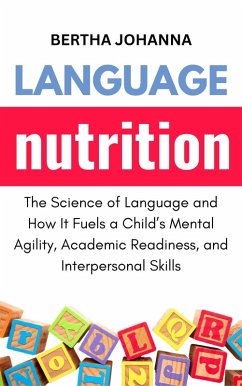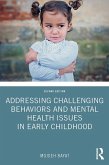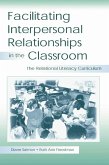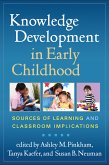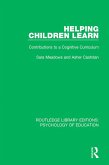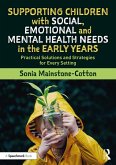The science behind language development reveals that children who are exposed to a variety of words, ideas, and structured conversations from an early age demonstrate stronger neural connections, better adaptability, and heightened comprehension skills. The difference between a child who thrives academically and one who struggles is often found not in genetics or intelligence, but in the quantity and quality of language they receive in their formative years. The words a child hears today determine the mental agility they will carry into adulthood.
Language-rich interactions are the building blocks of early literacy, equipping children with the skills necessary for reading comprehension, verbal expression, and analytical reasoning. Children raised in environments where language is abundant develop a stronger grasp of context, improved memory retention, and a more flexible approach to learning. The ability to process complex thoughts and articulate them effectively is directly linked to the verbal experiences provided in early childhood.
Beyond academic performance, language shapes social competence. The way a child communicates influences how they build relationships, navigate conflicts, and express emotions. A well-nurtured language foundation fosters empathy, patience, and adaptability in social interactions. Children who grow up in linguistically enriched environments exhibit greater confidence in their interactions, a stronger sense of self, and an enhanced ability to understand others.
The mechanics of language acquisition are deeply intertwined with neurological development. Scientific research has demonstrated that children exposed to diverse vocabulary and complex sentence structures develop more intricate neural pathways, allowing for faster information processing and a sharper capacity for abstract thinking. The impact of this extends far beyond childhood, influencing problem-solving skills, leadership potential, and adaptability in professional and personal settings later in life.
This book breaks down the science of language nutrition, offering insights into how parents, caregivers, and educators can optimize a child's linguistic environment. Readers will discover practical strategies to enhance language exposure, including the importance of storytelling, interactive dialogue, and intentional vocabulary expansion. The book also explores the dangers of linguistic deprivation and the long-term consequences of limited verbal engagement in early development.
By the time readers finish this book, they will have a deep understanding of how language fuels cognitive and emotional growth. They will be equipped with knowledge-backed methods to enrich a child's linguistic environment, ensuring that every conversation, every shared story, and every verbal interaction contributes to a stronger, more capable, and emotionally intelligent individual.
Dieser Download kann aus rechtlichen Gründen nur mit Rechnungsadresse in A, B, CY, CZ, D, DK, EW, E, FIN, F, GR, H, IRL, I, LT, L, LR, M, NL, PL, P, R, S, SLO, SK ausgeliefert werden.

